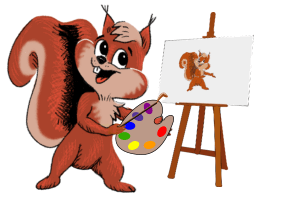There is no universally accepted definition of mime. The art has evolved throughout its history, dating back to the origins of theatre itself, so any definition is partly dependent on historical context. Different styles of mime exist today, so definitions also vary from one "school" or practitioner to another. There are also several other performing arts that are, or have been, associated with mime at one time or another, which further confuses the issue.
Considering these factors, then, this category will use the characteristics common to most definitions, but in practice will distinguish mime from both other arts that also fall under this definition—but are more specific in their own definitions, such as dance, clown, mask, etc.—and the larger groupings known as physical theatre or movement theatre that may include mime combined with other arts. As the terms mime and pantomime are so often used interchangeably, they will be treated as synonymous except in the case of English Pantomime, which will have a sub-category of its own.
The working definition of mime for this category will be: The dramatized representation of life, performed for an audience, in which the primary means of the actor's expression is physical, and where this physical expression takes significant prominence over verbal expression.
More information
More information
Subcategories 4
Sites 1
International mime theatre information, including a library, resources, performer contacts, and events calendar.
International mime theatre information, including a library, resources, performer contacts, and events calendar.
Other languages 4

Last update:
June 25, 2023 at 5:15:09 UTC

Check out
Arts: Architecture: History: Architects: Z: Zook, Roscoe Harold
- Recently edited by lisagirl
- Recently edited by lisagirl